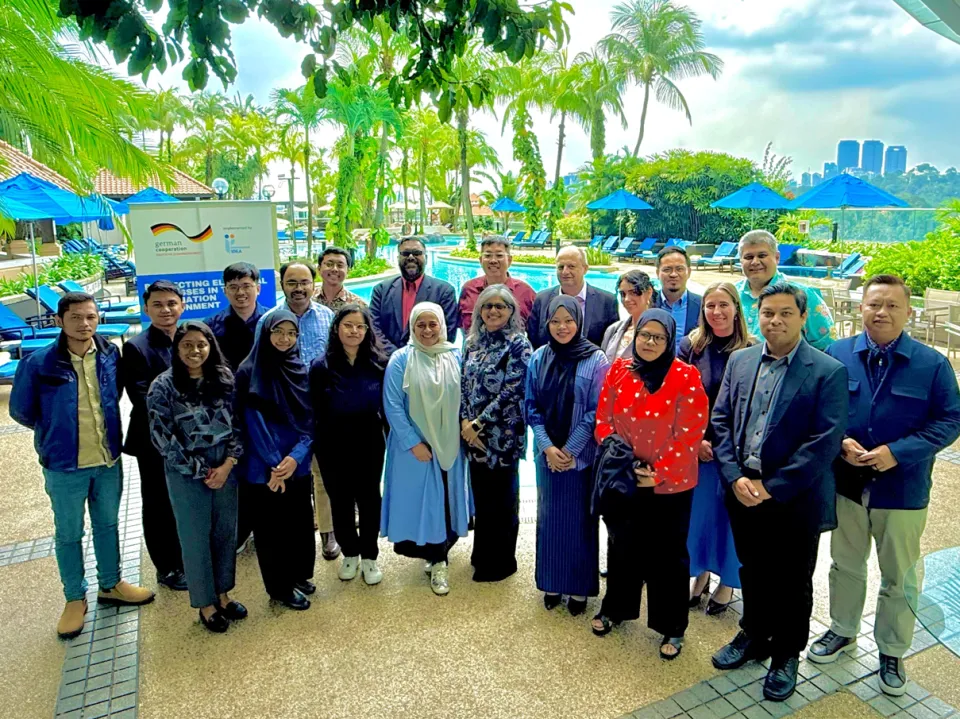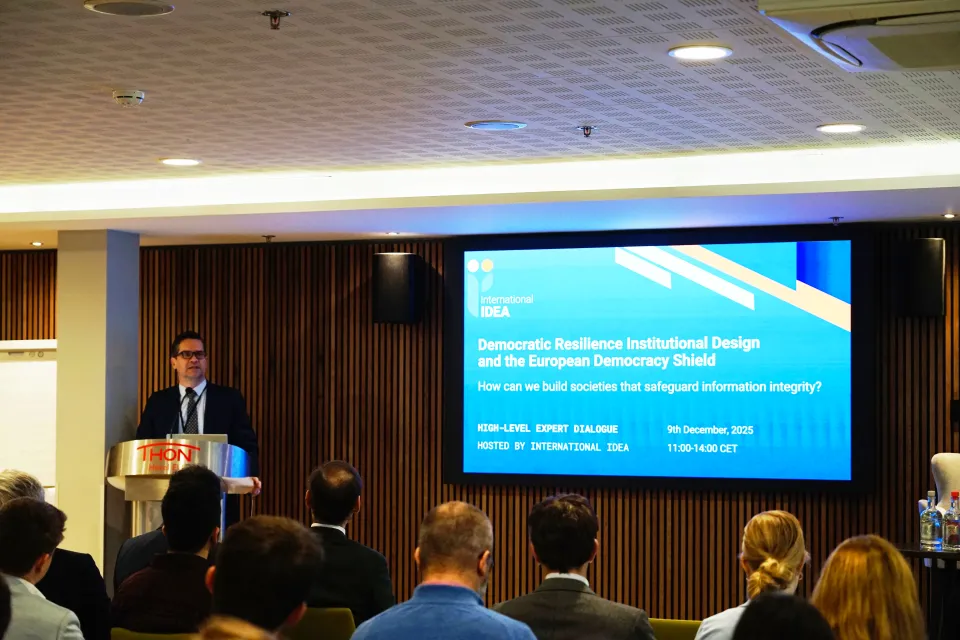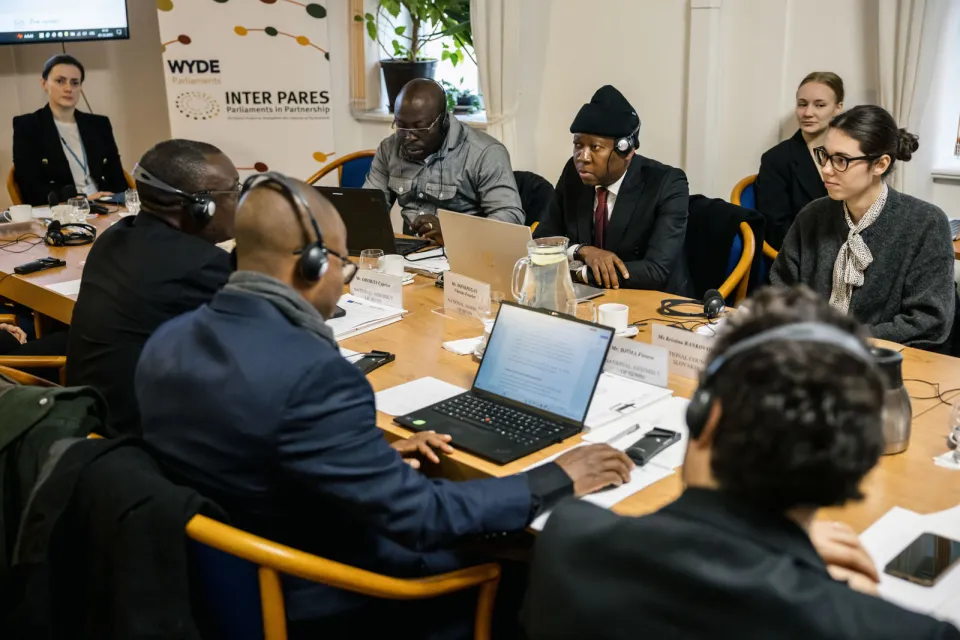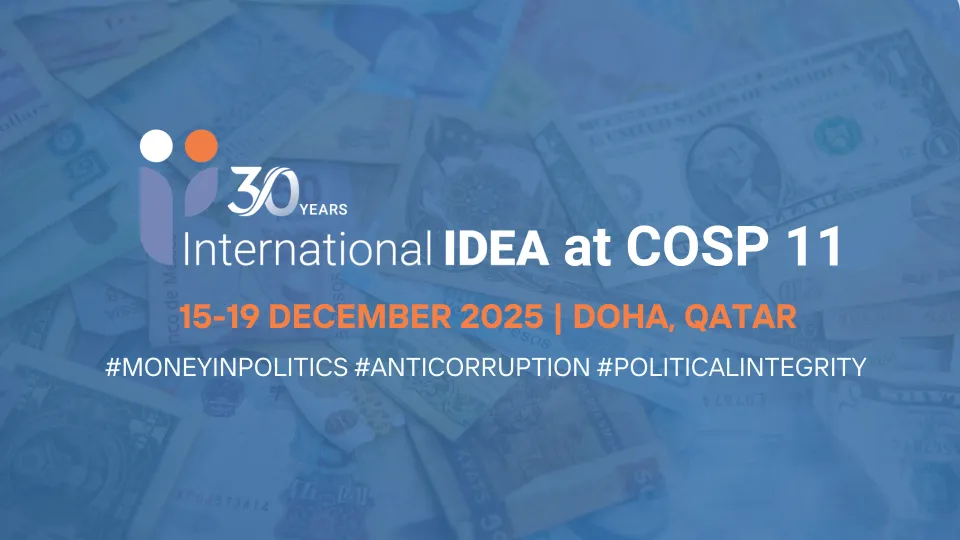Gambia Press Union and partners validate revised journalism charter
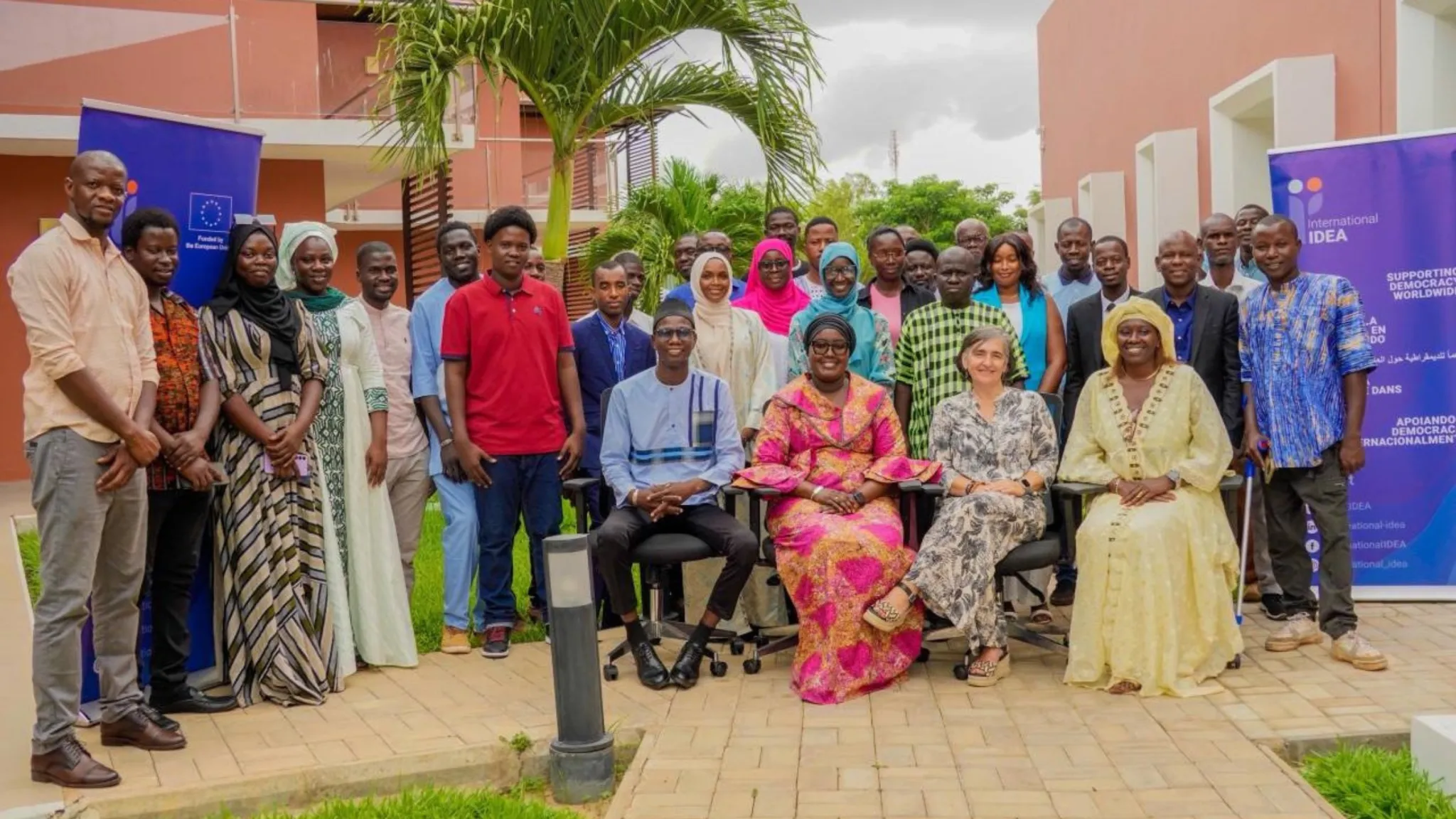
Ms. Jainaba Faye, Head of the International IDEA Gambia Office, praised the GPU for incorporating progressive provisions in the revised Charter, particularly those related to hate speech, artificial intelligence (AI), disability inclusion, and fake news, which reflect the current realities. She described the initiative as a timely response that is relevant to the Gambian context.
Mrs. Faye stressed that hate speech not only undermines media integrity but also threatens national unity, fuels misinformation, division, and instability. She urged journalists to remain committed to fair, balanced, and responsible reporting, resisting inflammatory rhetoric and prioritizing dialogue over division.
EU Ambassador to The Gambia, H.E. Immaculada Roca i Cortés, emphasized the importance of incorporating principles that promote respectful and inclusive reporting, particularly to amplify the voices of marginalized communities. She highlighted the growing influence of AI in shaping the global media landscape, noting both its opportunities and ethical challenges.
“While AI can enhance journalistic efficiency and outreach, it also raises critical questions about bias, transparency, and accountability. It is commendable that this draft Code includes guidance on the ethical use of AI, tailored to the local context, ensuring technology serves humanity, not the other way around,” Ambassador Roca said.
Sheriff Saidykhan, the Vice President of the Gambia Press Union, explained that the Cherno Jallow Charter was originally developed to enhance public trust in the media. He stressed that the revised Charter would empower journalists to navigate restrictive provisions in the Criminal Code that continue to hinder press freedom, while also promoting higher professional standards in Gambian journalism.
Mr. Saidykhan expressed gratitude to the EU and International IDEA for their continued support and partnership in this initiative and the CODE Project at large.
The review was conducted through a section-by-section analysis, with participants working in groups to evaluate, present, and refine the draft provisions. Feedback gathered during the sessions was scrutinized and will be incorporated into the final document.

